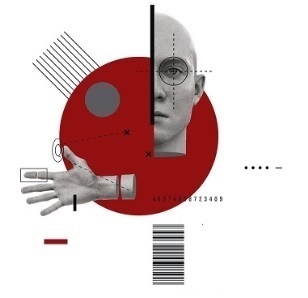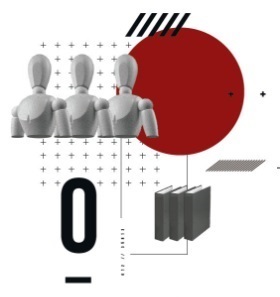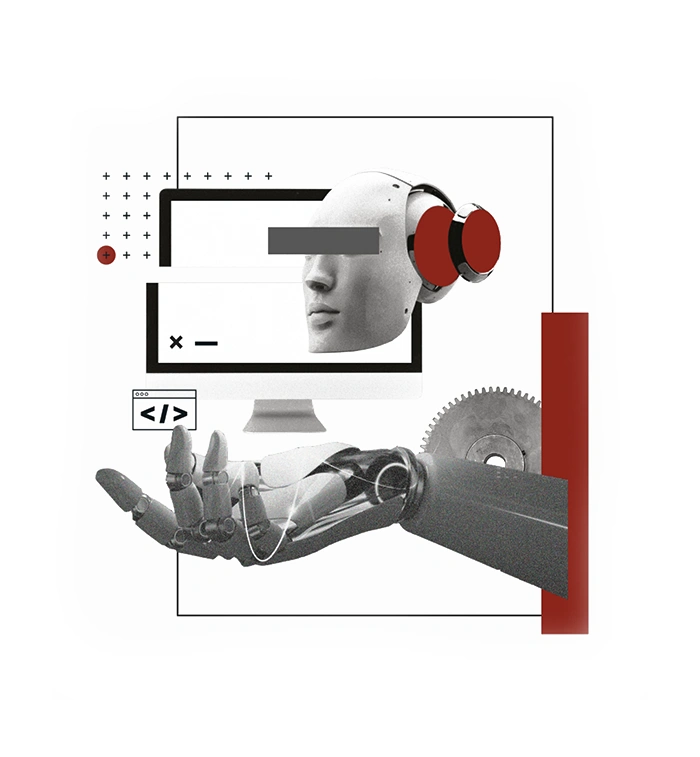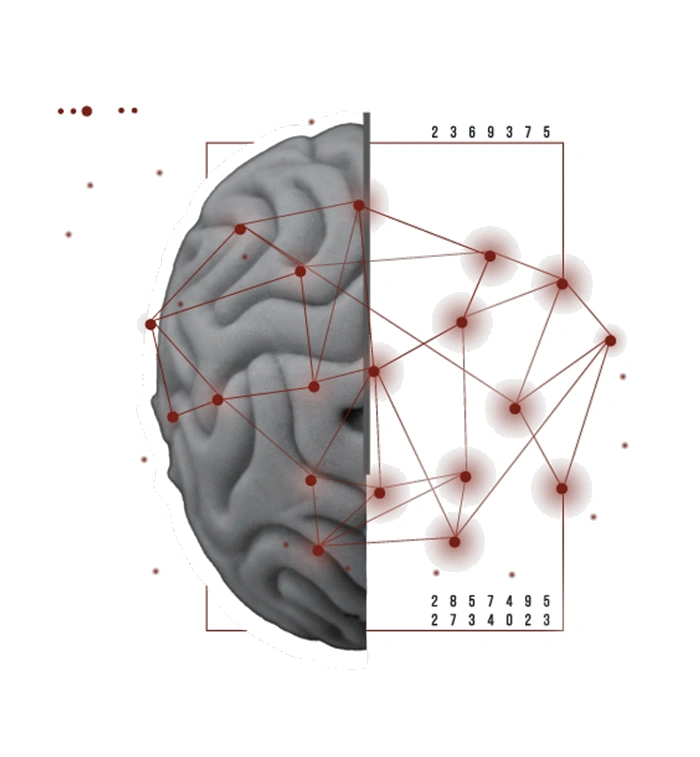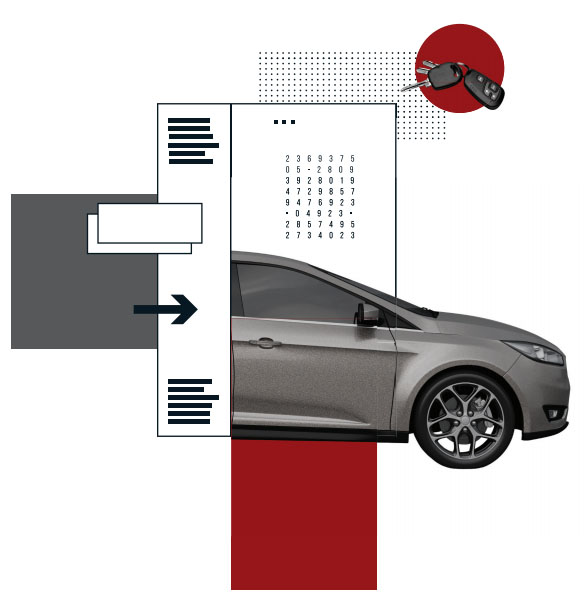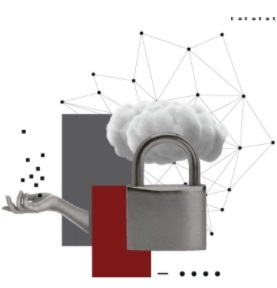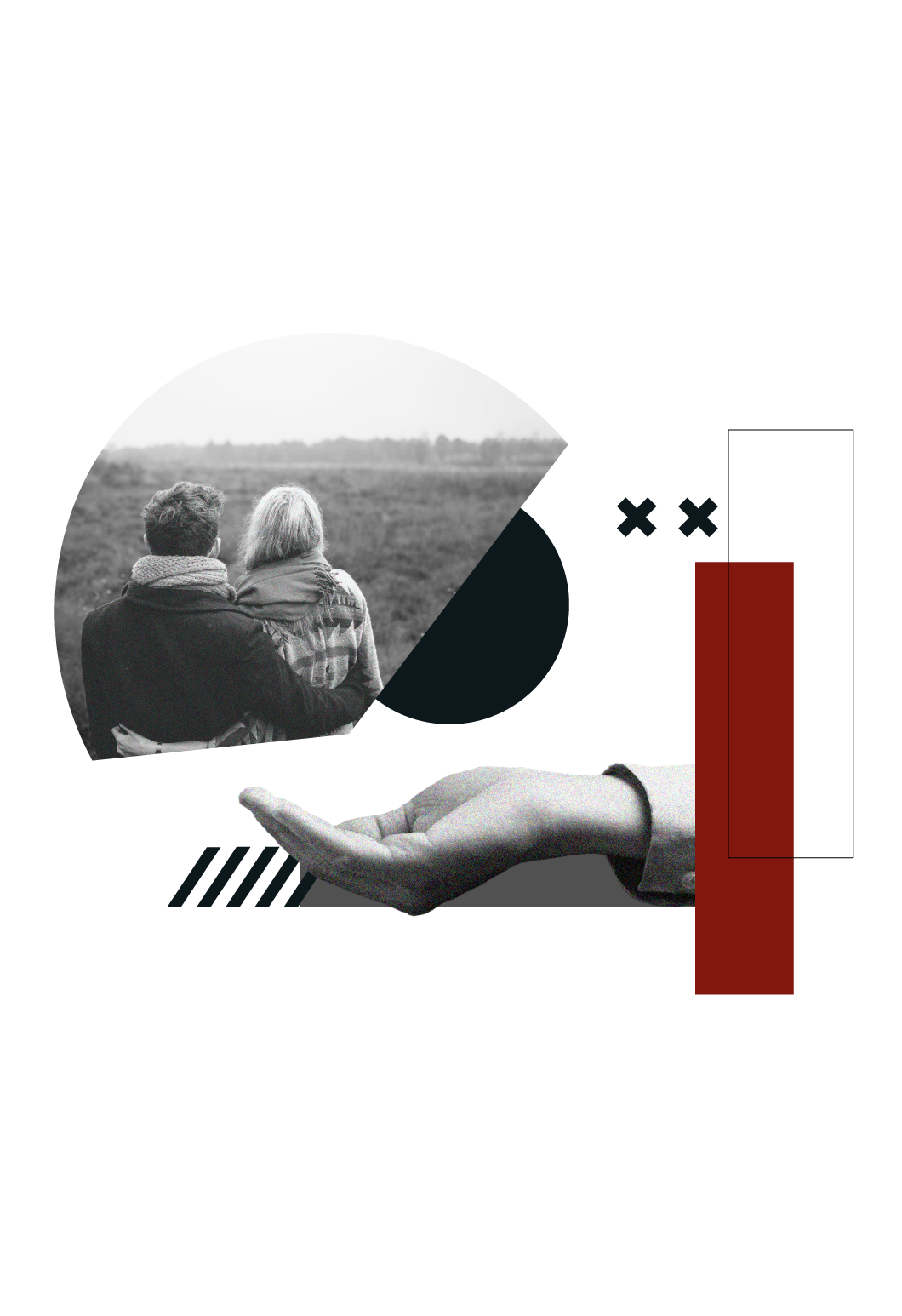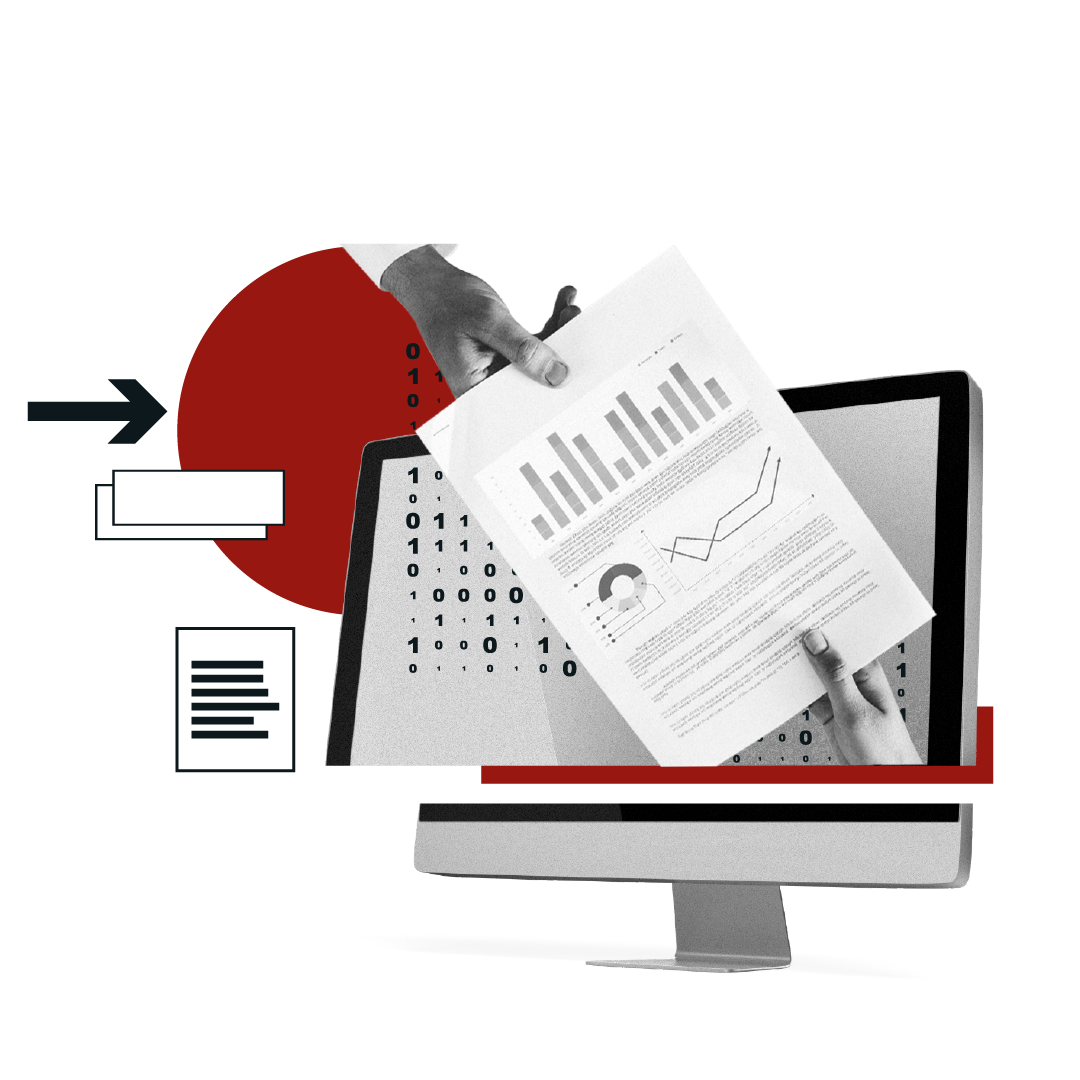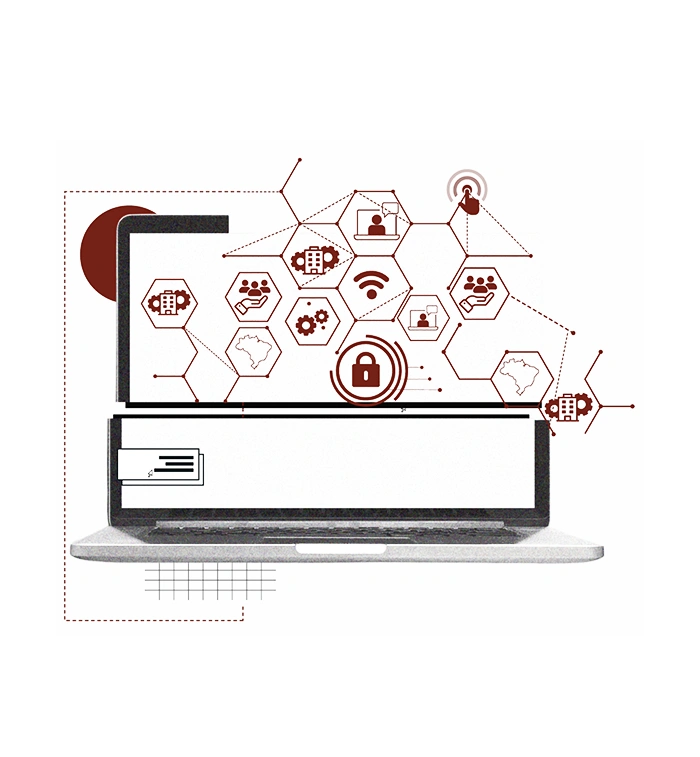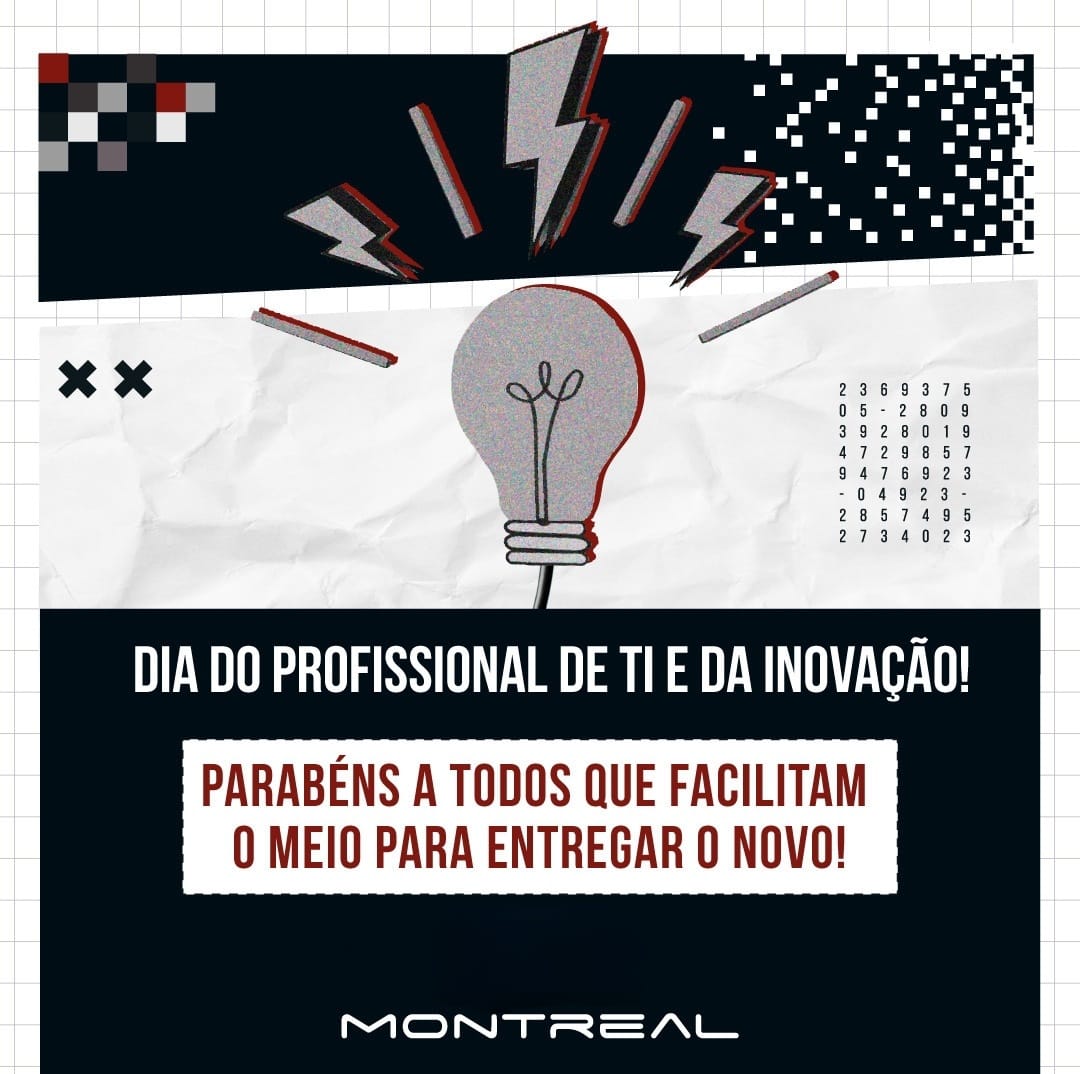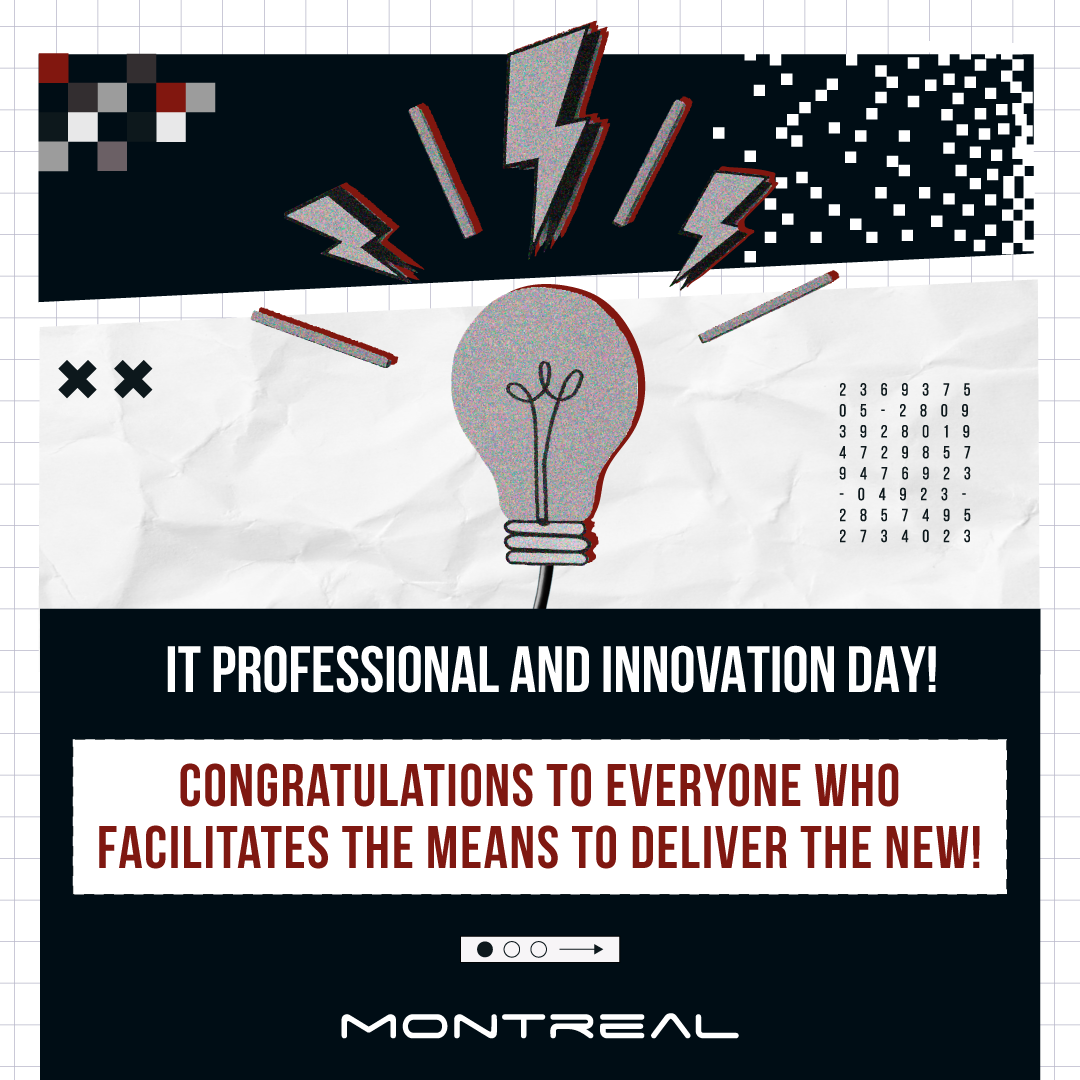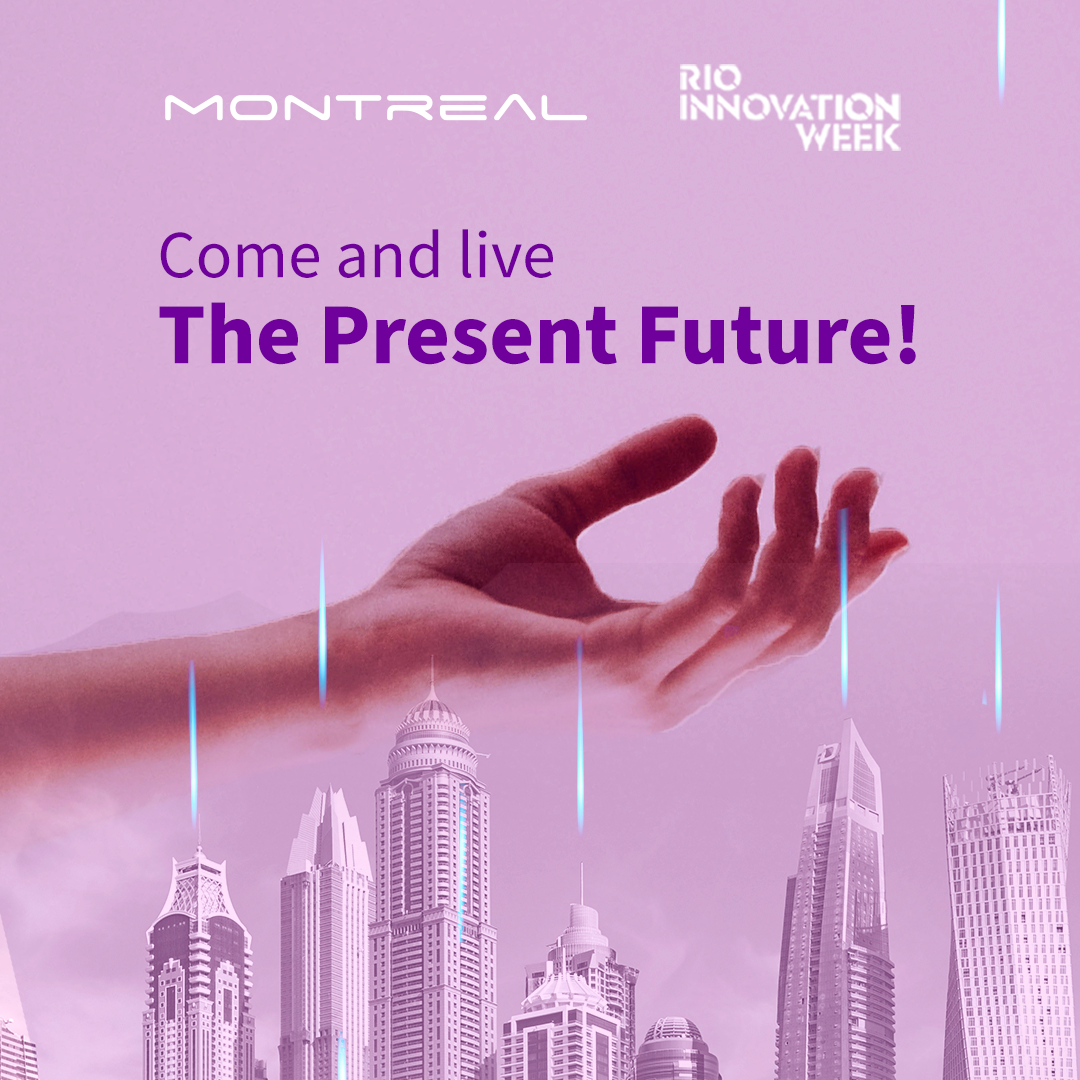In the midst of the digital transformation we're going through, it's rare for a person to be offline from any kind of device. A camera lens, facial recognition to access your bank account details, a password via voicemail. Everything is a kind of record of us in today's world. That's why, when we talk about biometrics, the subject is broad and takes many different paths. To explain this situation better, we interviewed specialist Rodrigo Caldas, who understands everything about this technology and answered some of the questions that arise when it comes to biometrics and its relevance in the market, regardless of the segment.
Biometric modalities
Identification by biometric means has been used for many years in various biometric modalities such as signature, palmprint, eye vein and hand geometry. However, they were restricted to government forensic areas, as the equipment to collect biometric information was very expensive.
Today, this technology has become more accessible and the modalities of: face, voice and fingerprint identification are available even for personal use, thanks to smartphones.
What is the most commonly used?
Fingerprints are the most "accepted" by the public, but people with congenital problems, which are those that have been present since birth or who handle some kind of chemical product, may have difficulties identifying themselves by fingerprint. Therefore, for greater assertiveness, it is essential to have good quality devices for use in large-scale searches.
Facial biometrics have been gaining ground due to the spread of smartphones and ease of use and excellent assertiveness rates, which can vary depending on the quality of lighting in some environments.
Fingerprint and facial biometrics are part of our daily lives, but which do you think could become more common?
Voice, like facial biometrics, is easy to use. However, factors such as noise can influence the non-validation of this biometric. The expectation is that by next year, voice biometrics could be used not only on smartphones and landlines, but also in the growing use of virtual assistants such as Google Home and Amazon Alexa, among others. In other words, the trend is for this technology to expand to other means of communication in different ways and for different purposes, such as personal and professional use.
Biometrics in companies
When we talk about business use, the focus is still on security as the initial factor to be remedied or prevented. For personal use, the first relevant point is ease and convenience of use. No one wants to have to remember the complex passwords that many websites and applications require. Today, with just your voice or face, you can access all your private or even company data via a smartphone. Speaking of companies, the advantages are even greater.
In the corporate environment, the initial objective of having a biometric factor is security and what it can represent for your business, avoiding fraud and possible ideological falsehoods, for example. In certain solutions it is possible to save on personnel costs, guaranteeing automated security and avoiding manual processes such as changing passwords at a Service Desk, for example. But the advantages go beyond that. I think the biggest benefit is cost. It is possible to develop or adapt existing solutions with automated content customization and ease of access, for example, thus improving the customer experience.
Biometrics and user experience
Anyone who thinks that biometrics is only suitable for security services is mistaken. One of the most interesting factors in using biometrics is the convenience and experience the user can have, boosting any type of business.Check out the examples Rodrigo brought us:
- Let's imagine that you are a consumer who regularly stores in a particular store. As you pass by, as you enter, as you pay, at various moments your face is being detected, compared and recognized in this store. From a certain moment on, you're just walking past the shop window. The retailer can know that for some reason you are no longer buying (be it price, quality or need), and can act in a personalized way for each consumer. The idea is to strengthen the relationship between retailer and consumer not with a flurry of emails, but with a "Good morning Rodrigo, we missed you." at the store door, for example;
- The same example can be used for a special bank customer when they enter a branch. They can receive a special welcome and a unique relationship experience. Now imagine calling your bank and just saying the numbers of your CPF being recognized and authenticated? The bank would be sure that you were really on the other end of the line and would avoid those annoying questions about personal identification;
It may be that in the near future we'll find a technology capable of giving us greater convenience and security, but at the moment, it's hard to beat the biometric method.
MONTREAL, the present future.
